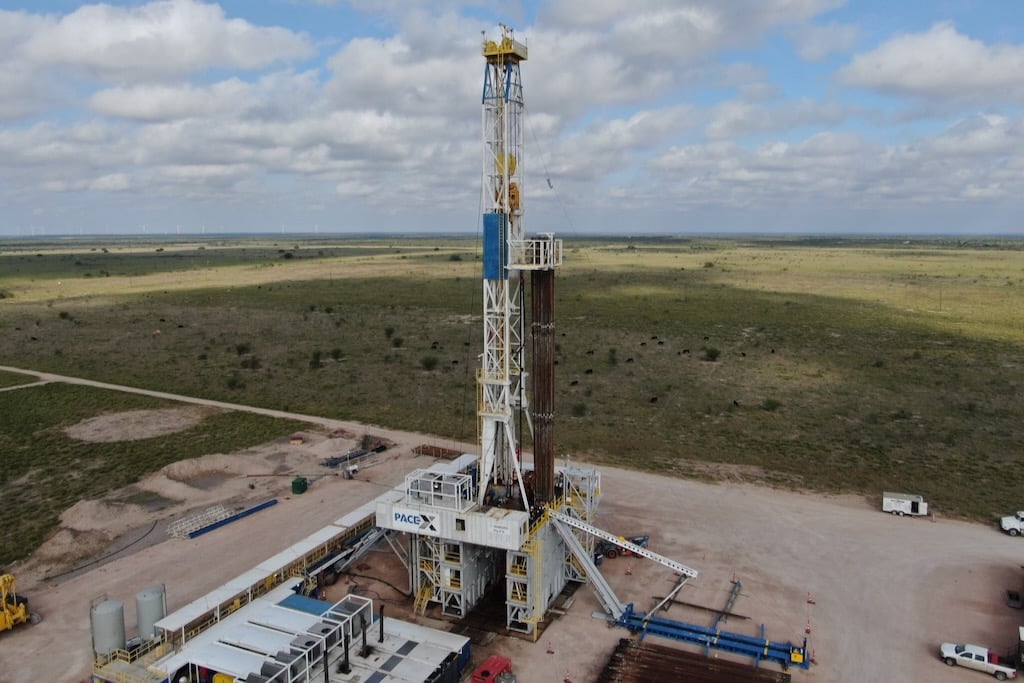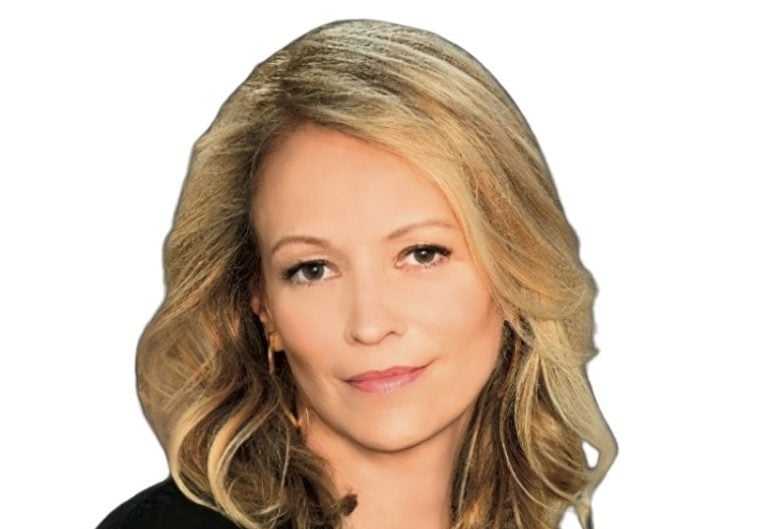Election Day came and went, but there is still remaining uncertainty for what the political future holds, and the tsunami of partisan vitriol has drowned out all other discourse in 2020. As investors look for indications of trends to come with the Biden administration, which may have a Republican Senate majority, there have been industry rumblings around what divided government control could mean for environmental, social and governance (ESG) investing. This type of investing has long been tied with progressive politics, but this is a false association. In recent years, below the political fray, the markets expressed their opinion with fund flows, not with overt political bias. Nowhere was this more evident than in ESG investing, which attempts to quantify—not vilify or amplify—environmental, social and governance risk and opportunities in the markets. Given the inflows into ESG strategies in 2020, the markets have spoken. ESG investing has widespread appeal. It is not a partisan phenomenon and has even won over its biggest skeptic: Wall Street.
Washington’s Confusion Between SRI & ESG
So why does ESG still have to overcome a partisan or “progressive” label? It starts with a confusion by some players in the capital markets over whether ESG and traditional socially responsible investing (SRI) are the same thing. This confusion was evident to the industry in the latest guidance from the Department of Labor (DOL), which considered ESG to be “distinct from providing benefits to participants and beneficiaries” in funds. ESG has no standard definition—so some confusion is understandable, but there has been a false assumption that ESG and socially responsible investing (SRI) are equivalents, which leads to an industry perception that ESG is tied to progressive causes.

As a practice, SRI is about balancing financial objectives with the social and environmental values of the investor. When looked at through that lens, the most basic SRI process is fairly transparent—and is about divestment. Avoid products and industries (e.g., alcohol or tobacco or adult entertainment) that conflict with one’s values. Meanwhile, ESG is about picking investments best suited to compete in the world into which we are heading. Avoiding investments might be part of the decision set, but ESG is more forward-looking, more proactive. The fact that ESG often aligns with the views of progressive investors concerned with environment protection or income inequality is tangential. ESG investors are looking to quantify risks in the market that were never a focus of traditional Wall Street analysis—or anticipate thematic investment opportunities that may arise in the face of those risks.
The reality is that it was the largest institutional investors—who can’t go in and out of the market easily like other investors—who first looked to ESG. Considering ESG factors could shorten the tail risk of blow-ups in the markets due to things like catastrophic storms, ethical lapses by major players or global pandemics. So, while ESG investors consider risks and opportunities similar to those identified by SRI investors over the preceding decades, it does not mean the motivation, investment process or—importantly—the end market for ESG strategies is the same. The end market says it all. It is not just “progressive” investors.
Case in point: When the DOL opened up a very short 30-day window for comments on their proposed changes to limit the use of ESG in retirement funds, there were 8,000 comments, largely in opposition. According to the American Society of Pension and Actuarial Professionals, “Many of the comment letters submitted to the DOL blasted the proposed rule, arguing…that it is out of step with best practices that asset managers and financial advisors use to integrate ESG considerations into their investment processes and selections.” In the end, the DOL did soften some of its language on ESG in the new rules, admitting that “the lack of a precise or generally accepted definition of ‘ESG’…made ESG terminology not appropriate as a regulatory standard.” The DOL’s final rule focused on whether an investment factor is pecuniary, not whether it is an ESG factor.

2020 Shows ESG’s Nonpartisan Progress
ESG rapidly is becoming the market. The growth alone is probably the best indication ESG is not based on political bias. The market is betting on factors it thinks will work. There is no doubt 2020 will be a year remembered for many, many things. The widespread adoption of ESG will be one of them.
According to Morningstar, against the backdrop of the surging pandemic, global ESG funds saw inflows of $45.7 billion in the first quarter of 2020—compared to an outflow of $387.7 billion in non-ESG funds. According to CNBC, the total assets of ESG active and passive funds reached $1 trillion during the second quarter. In the U.S., a recent study sponsored by Janus Henderson showed the percentage of financial professionals utilizing ESG funds grew by 46 percent between 2018 and 2020. I’ll say it again: The markets have spoken.
There will clearly be a different opportunity set for ESG investors depending on which political party controls policy going forward. Will the U.S. be in or out of the Paris Climate Accord? Will it spend trillions on renewable energy and a greener infrastructure, or will the tax code and policy continue to support fossil fuels as it has the past 100 years? But U.S. policy is no longer as big of a driver of the global markets—particularly if there’s a Democratic White House and a Republican Senate. But no matter, some of the trends already identified by ESG investors are too big to ignore. And they won’t be ignored. The market has seen what ESG investors have long seen—the value of ESG factors in identifying the winners and losers of long-term investments.
Blaine Townsend, CIMA, is executive vice president and director of sustainable, responsible and impact investing at Bailard, Inc.









